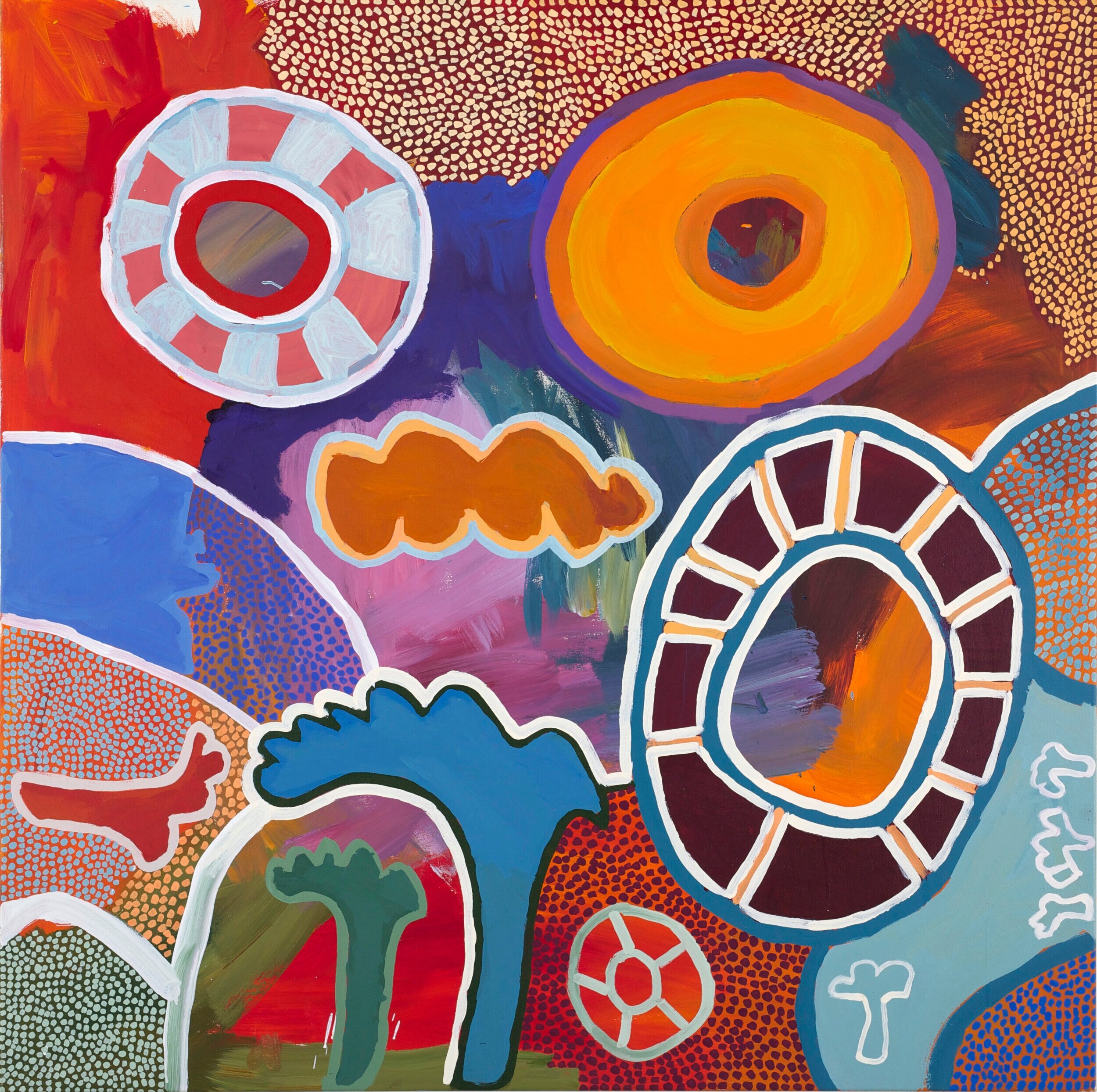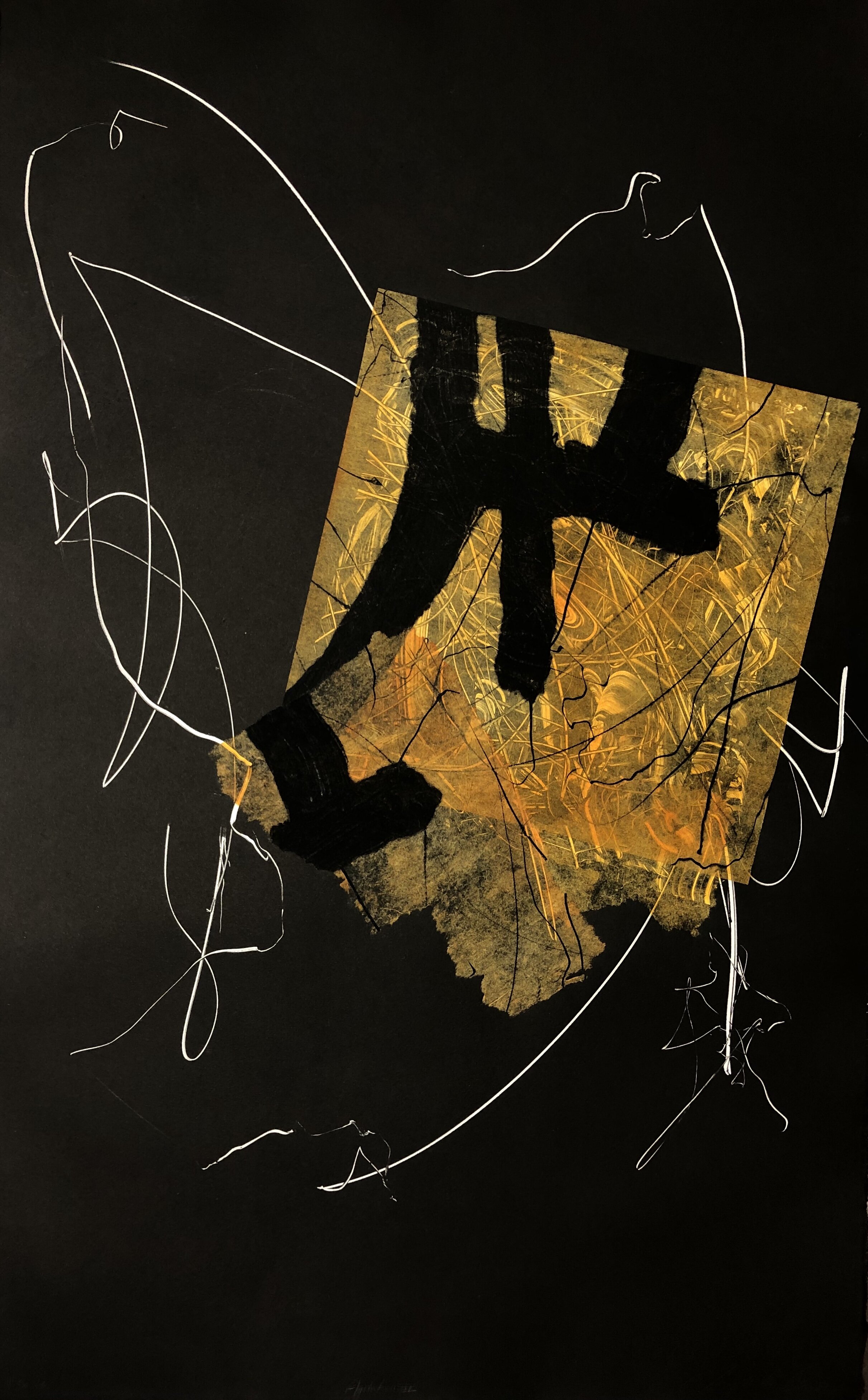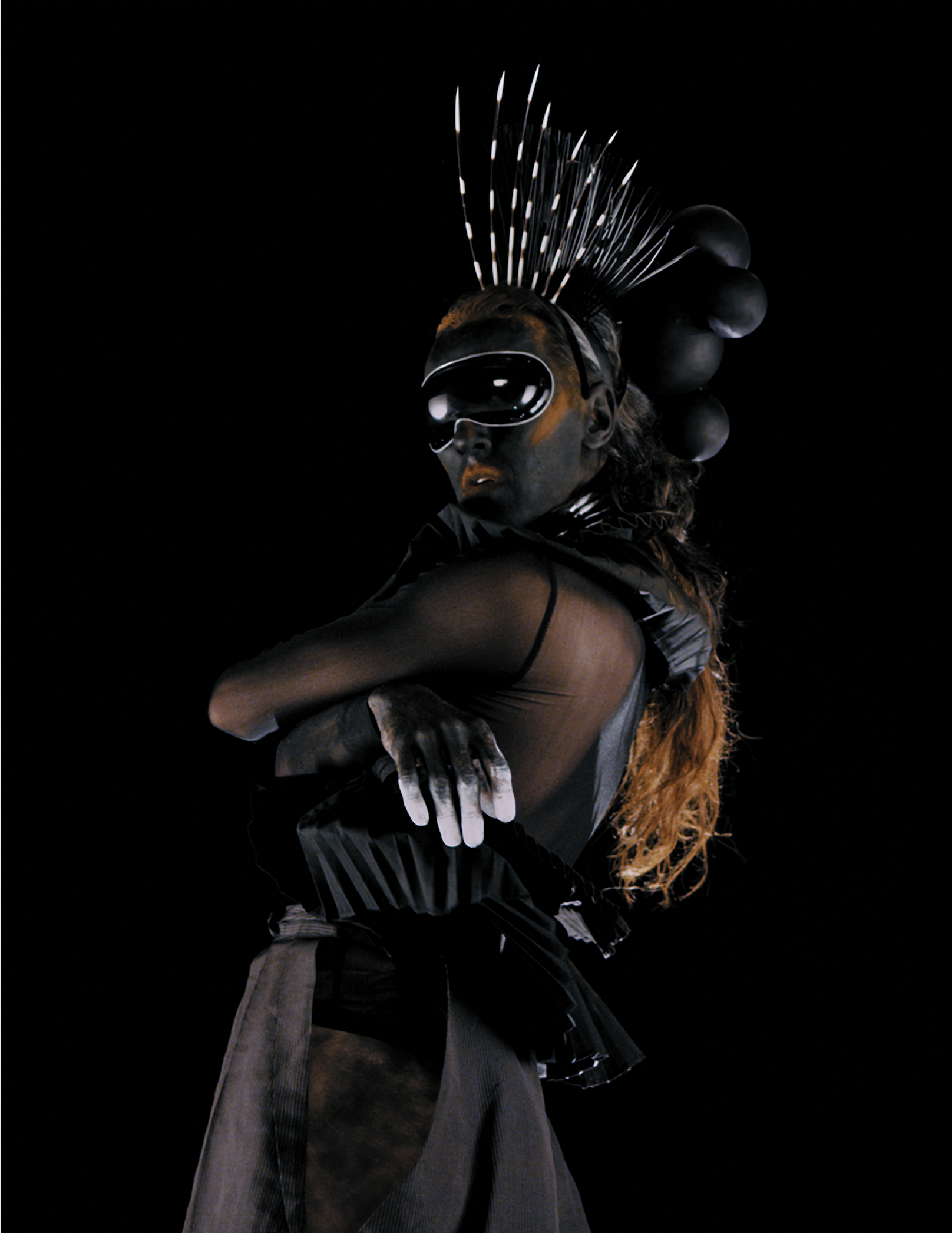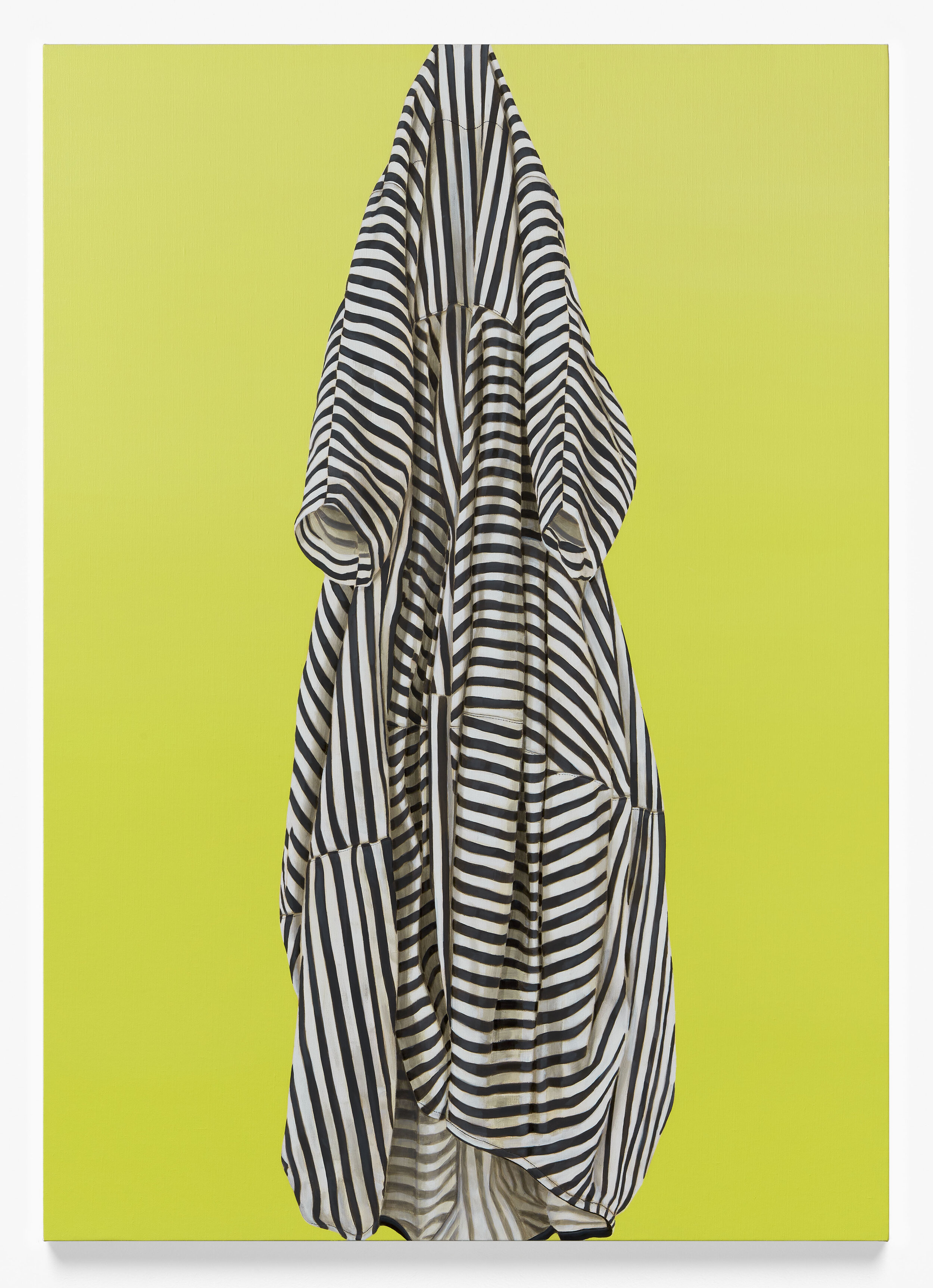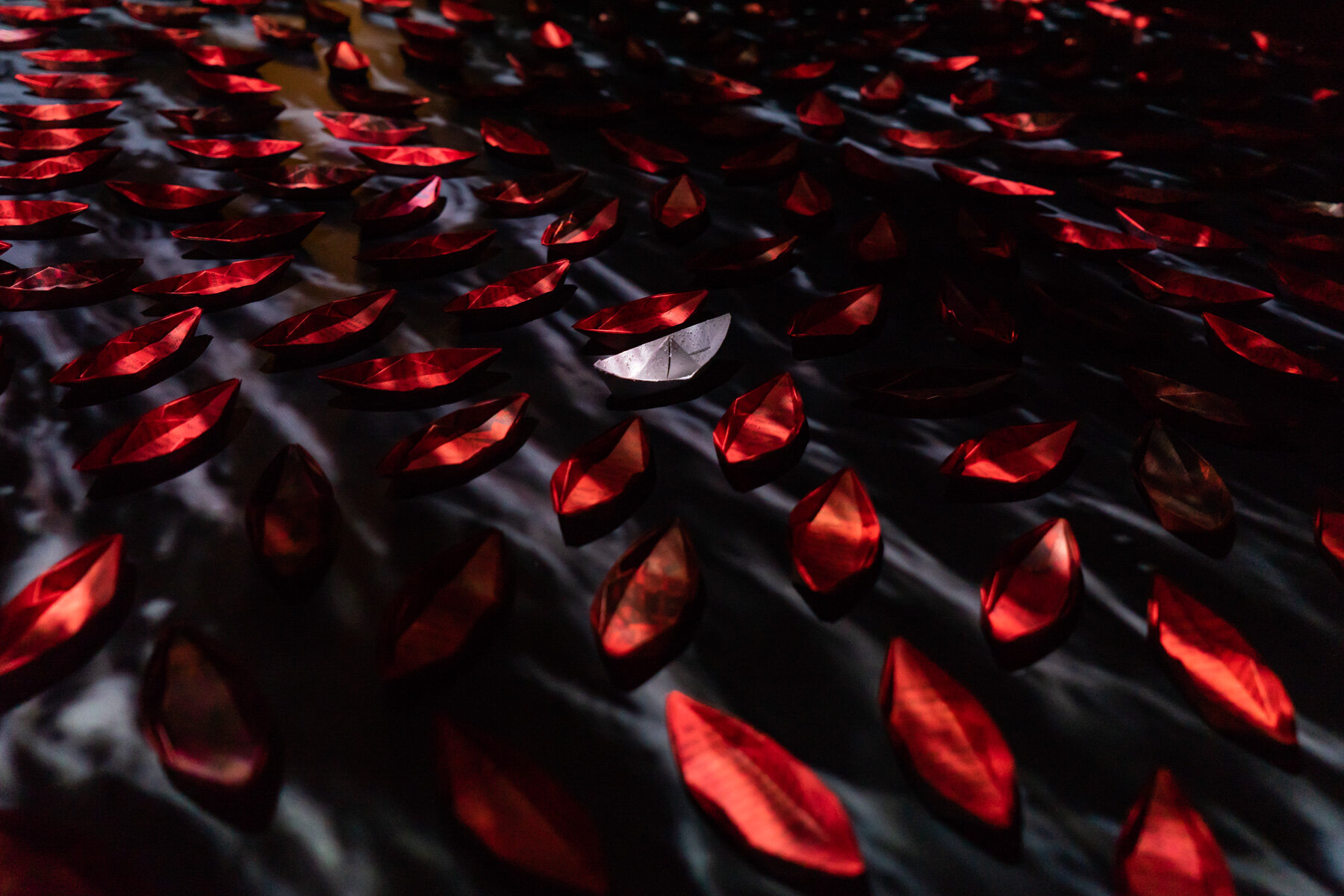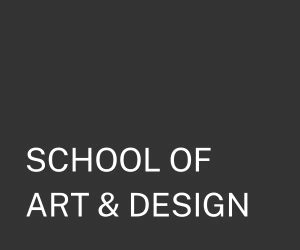Artist conversations 'dig deep within the soul'
/The place of the arts within Australian cultural life has become a recurrent topic of discussion for journalists, arts administrators and commentators in recent weeks, with the threat of insolvency prompting impassioned calls for additional government assistance and a renewed recognition of the central role that works of art can play in our quest for self-understanding. One chorus of voices who have often been excluded or overlooked in these debates, however, are those of the artists and creators whose livelihoods and lifestyles have been most radically affected by our current circumstances.
With ‘Artist Voice’, a new series of audio-visual and written conversations with contemporary artists around the world, curators at the Museum of Contemporary Art Australia (MCA) in Sydney seek to remedy this situation. This ambitious program offers an alternative platform for leading artists who are currently isolated in their homes and studios to share their strategies for dealing with lockdown and their thoughts on the issues now facing the arts sector globally. The series also showcases the close working relationships that MCA curators enjoy with many contemporary artists, capturing moments of great empathy and intimacy that provide a welcome antidote to the existential anxiety with which many of us are now struggling.
In the first conversation of the series, Anna Davis speaks with Claire Healy and Sean Cordeiro at their home in the Blue Mountains, where the scarred and blackened landscape still bears witness to the catastrophic bushfires that seemed incomparably devastating earlier this year, but which have now been all but eclipsed by an even more overpowering crisis. Surrounded by such devastation, but comforted as well by the rapid appearance of new growth, Healy and Cordeiro share their hopes that the pandemic will be ‘a wake-up call to our relationship with the environment’, that politicians and policy-makers around the world will recognise the increasingly urgent need to safeguard the health of the planet as well as that of the people who call it home. On a personal level, they confide that our enforced isolation could provide an opportunity for self-reflection, ‘to dig deep within the soul’, finding in art, music, books and film not only some refuge from the tragedy unfolding around us but also inspiration and hope.
Other thoughts and visions for the future take form in conversations with Rushdi Anwar at his home studio in Chiang Mai; Sydney-based artists Mitchel Cumming and Gemma Smith; Karla Dickens and Megan Cope in Lismore, New South Wales; and Lee Mingwei, speaking from one of the most heavily impacted epicentres of the virus, downtown New York. The full series of 17 conversations is scheduled to unfold over the next few weeks, covering a range of topics and a broad spectrum of experiences.
The impact of COVID-19 for the visual arts will also be the focus of Art Monthly Australasia’s upcoming Winter bumper edition, featuring the work of Brian Fuata, Pat Hoffie, Giselle Stanborough and Jemima Wyman, among others. With the future of the arts and cultural industries in Australia and across the planet looking increasingly uncertain, the importance of attaching a human face to what can too easily become a spreadsheet of facts and figures assumes vital importance. Now more than ever, even while we may seem isolated by the need to distance ourselves from others, the value of our human connectedness and the role that art and artists play in communicating this mutual empathy have become all too clear.
Dr Alex Burchmore, Publication Manager








